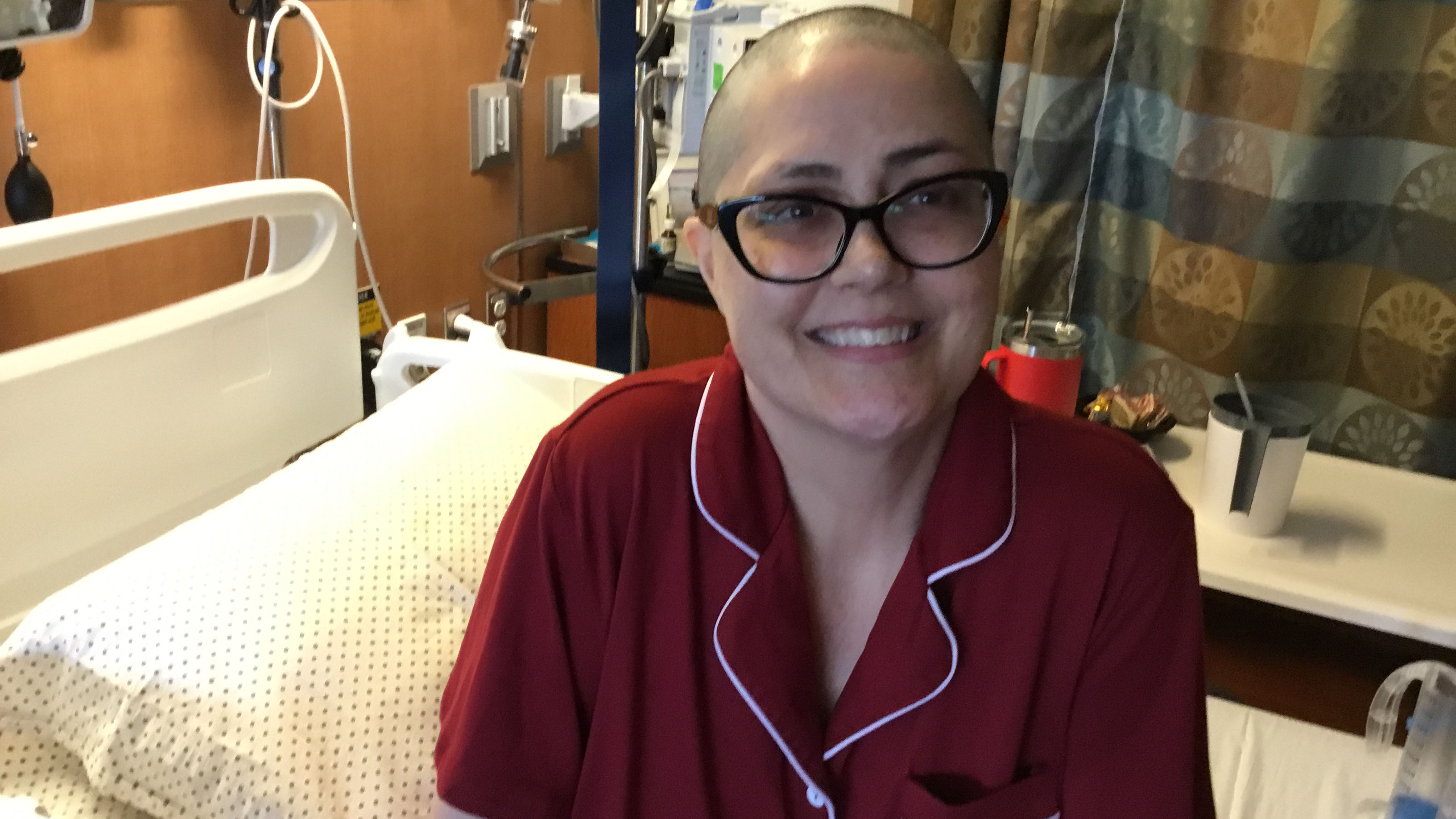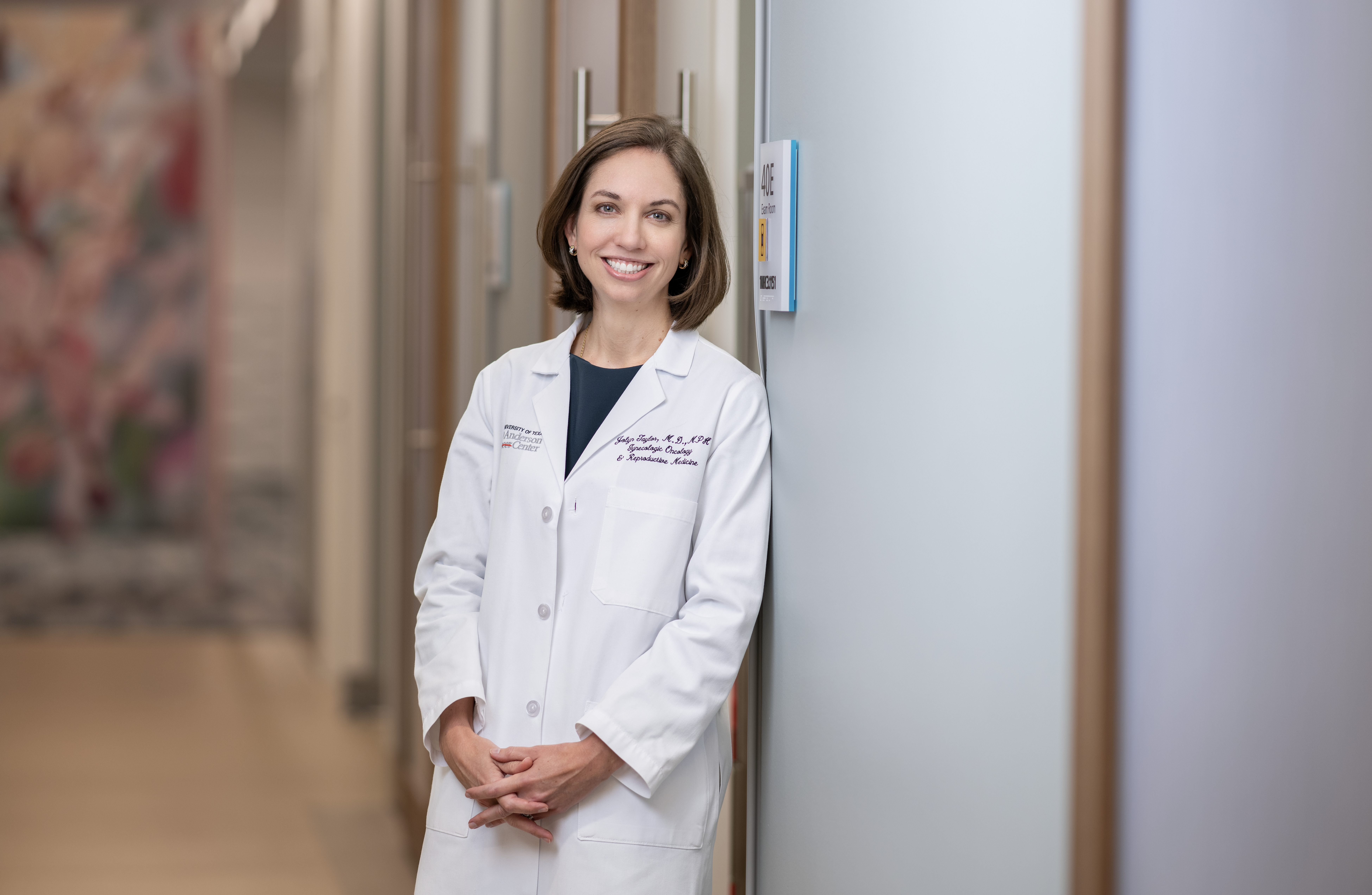- Diseases
- Acoustic Neuroma (14)
- Adrenal Gland Tumor (26)
- Anal Cancer (68)
- Anemia (2)
- Appendix Cancer (16)
- Bile Duct Cancer (26)
- Bladder Cancer (72)
- Brain Metastases (28)
- Brain Tumor (232)
- Breast Cancer (716)
- Breast Implant-Associated Anaplastic Large Cell Lymphoma (2)
- Cancer of Unknown Primary (4)
- Carcinoid Tumor (8)
- Cervical Cancer (160)
- Colon Cancer (166)
- Colorectal Cancer (118)
- Endocrine Tumor (4)
- Esophageal Cancer (44)
- Eye Cancer (36)
- Fallopian Tube Cancer (8)
- Germ Cell Tumor (4)
- Gestational Trophoblastic Disease (2)
- Head and Neck Cancer (12)
- Kidney Cancer (128)
- Leukemia (342)
- Liver Cancer (50)
- Lung Cancer (286)
- Lymphoma (278)
- Mesothelioma (14)
- Metastasis (30)
- Multiple Myeloma (100)
- Myelodysplastic Syndrome (60)
- Myeloproliferative Neoplasm (6)
- Neuroendocrine Tumors (16)
- Oral Cancer (100)
- Ovarian Cancer (172)
- Pancreatic Cancer (160)
- Parathyroid Disease (2)
- Penile Cancer (14)
- Pituitary Tumor (6)
- Prostate Cancer (146)
- Rectal Cancer (58)
- Renal Medullary Carcinoma (6)
- Salivary Gland Cancer (14)
- Sarcoma (240)
- Skin Cancer (298)
- Skull Base Tumors (56)
- Spinal Tumor (12)
- Stomach Cancer (64)
- Testicular Cancer (28)
- Throat Cancer (92)
- Thymoma (6)
- Thyroid Cancer (100)
- Tonsil Cancer (30)
- Uterine Cancer (82)
- Vaginal Cancer (18)
- Vulvar Cancer (20)
- Cancer Topic
- Adolescent and Young Adult Cancer Issues (20)
- Advance Care Planning (10)
- Biostatistics (2)
- Blood Donation (18)
- Bone Health (8)
- COVID-19 (362)
- Cancer Recurrence (120)
- Childhood Cancer Issues (120)
- Clinical Trials (632)
- Complementary Integrative Medicine (22)
- Cytogenetics (2)
- DNA Methylation (4)
- Diagnosis (232)
- Epigenetics (6)
- Fertility (62)
- Follow-up Guidelines (2)
- Health Disparities (14)
- Hereditary Cancer Syndromes (128)
- Immunology (18)
- Li-Fraumeni Syndrome (10)
- Mental Health (116)
- Molecular Diagnostics (8)
- Pain Management (62)
- Palliative Care (8)
- Pathology (10)
- Physical Therapy (18)
- Pregnancy (18)
- Prevention (920)
- Research (392)
- Second Opinion (74)
- Sexuality (16)
- Side Effects (604)
- Sleep Disorders (10)
- Stem Cell Transplantation Cellular Therapy (216)
- Support (402)
- Survivorship (322)
- Symptoms (182)
- Treatment (1786)
Uterine cancer survivor: 3 things I love about MD Anderson
3 minute read | Published December 15, 2020
Medically Reviewed | Last reviewed by an MD Anderson Cancer Center medical professional on December 15, 2020
When I was diagnosed with clear cell endometrial carcinoma — a rare type of uterine cancer — in late July, there was no question as to where I would seek my treatment. I’ve lived in the greater Houston area for almost 20 years, so I was very aware of MD Anderson’s reputation.
But hearing about a place and actually experiencing it for yourself are two very different things. Here are three examples of why I believe MD Anderson deserves its reputation.
1. MD Anderson has several convenient locations
Driving to the Texas Medical Center is really not that big of a deal. It’s only about 45 minutes away from where I live. But since there’s an MD Anderson location even closer to my home, I consider that a nice bonus.
My doctor visits and scans take place at the Texas Medical Center location. But I’ve been able to get my chemotherapy treatments at MD Anderson The Woodlands, which is great.
The brachytherapy treatments I got there only took about four minutes each. And the staff got me in and out of those appointments so fast, it literally took me longer to walk inside the building than it did for me to get my therapy. That was pretty amazing.
2. Treatment recommendations are based on research
It turns out that the type of uterine cancer I have is fairly unusual — it accounts for only about 5% of all uterine cancer diagnoses each year. Most uterine cancers are adenocarcinomas, but mine is a subtype called clear cell, which is a bit more aggressive.
Because clear cell carcinoma of the uterus is so rare, there aren’t any definitive studies yet showing whether patients do better or worse if they skip chemotherapy. So, my gynecological oncologist, Dr. Pamela Soliman, took my case to a group of her peers to discuss my treatment options.
To be on the safe side, Dr. Soliman recommended chemotherapy. Ultimately, though, the choice was mine. She asked me how I felt about it. I liked the fact that she left the decision up to me. But I trusted her judgment. I started chemotherapy in early September.
Dr. Soliman also said that when my type of cancer spread, research showed it tended to come back in a particular spot in the pelvis. She consulted with radiation oncologist Dr. Anuja Jhingran to discuss what other treatments might be prudent. Dr. Jhingran is world-renowned in the field of radiation oncology, so when she suggested five sessions of brachytherapy to irradiate that area, I had no qualms about following her advice.
3. Everyone is focused on ending cancer
My friends are spread out all around the country. But no matter where they live, they resoundingly say, “You’re at the best place,” when they hear I’m receiving treatment at MD Anderson. Many talk about the skill, experience or bedside manner of the doctors they or their friends or family members have dealt with.
All of that is really comforting, but what I’ve found is it’s not just the doctors that make MD Anderson so exceptional. Because when you have a rare cancer, you don’t want it to be the first time a pathologist or a radiologist has ever seen your disease. You want the people behind the scenes to have seen dozens — or even hundreds or thousands — of these cases, so nothing gets overlooked. That’s the advantage of MD Anderson.
Even the people who check me in or draw my blood at MD Anderson are great at what they do. I’ve worked with one of Dr. Soliman’s schedulers so much, it seems like we should be spending holidays together. But every time I interact with her, she makes me feel as if I’m the only person she’s talking to. That’s what makes MD Anderson so special.
Request an appointment at MD Anderson online or by calling 1-877-632-6789.
Related Cancerwise Stories

It’s not just the doctors that make MD Anderson so exceptional.
Kirsten Arendes
Survivor





